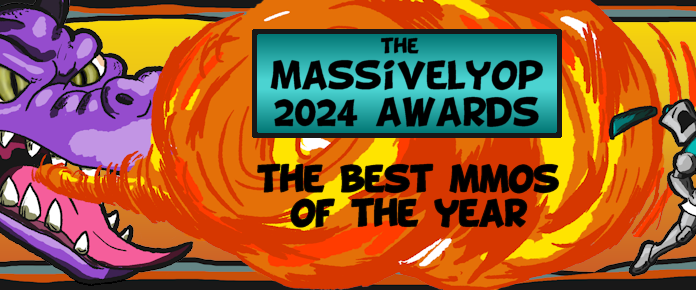
Not everyone involved in game design is trying to squeeze every last penny out of you. Yes, a lot of them are, but many others are in it for the love of design, and that’s the takeaway from the papers emerging from Project Horseshoe 2018.
Project Horseshoe is an invitation-only “think tank” for game developers to exchange ideas and build on them – think of it like GDC, only much smaller and much more intimate.
“Project Horseshoe is a conference that brings together a group of highly skilled and experienced games industry professionals, who have a primary or strong background in game design, with the goal of using the combined knowledge and skills of these people to positively influence the art and science of game design.”
Dig around on the website and you’ll see that MMORPG studio ArenaNet (of Guild Wars 2 fame) is a key sponsor and in fact sends multiple developers to attend.
The most recent junket came to our attention thanks to MMO developer Raph Koster, who pointed out two papers from the event that are relevant to the MMO industry in particular: Towards Consistent Social Game Design (Cammarata et al.) and Design Practices for Human Scale Online Games (Youngblood et al.)
The former discusses how social features like “guilds, gifting, trading, friend assist, raids, leaderboards, events, even friend points” impact engagement with the game – they’re glue, as MMO players know. But they’re also difficult to design and test. The authors also make heavy use of Koster’s Trust Spectrum, which was published last year. The latter paper focuses on the “massively” part of MMORPG, wondering whether bigger is always better – that one relies Dunbar’s Number, the concept that humans can’t maintain more than 150, meaningful relationships at a time.
Of course, while it’s fun to see some of these revelations in published papers, they’re also not new, as Koster himself is fond of pointing out. “I want to underline how much of this MUDs and early MMOs knew at the level of practice, if not science quite yet; and how much of that design practice has been neglected since,” he writes.
“From basic things like the size of the typical MUD population, guild, and party; to the common practice of greeters or mentors for newbies; to all the lessons painfully learned when [Ultima Online] suddenly provided greater scale and slammed headlong into the issues of scale; these issues have served as basic design patterns ever since. This is why we fought to have sitting in UO, towns in [Star Wars Galaxies], character customization and dyeing clothes, reputation systems, player-formed guilds instead of dev-made ones, moods and say alts, emotes, head tracking for speakers, variety of roles that the game actually rewards, cognitive downtime to provide time for bonding, level design with ‘cozy world’ pockets and spaces for ritual, systems with shared risk, larger-scale collaborative tasks that could be contributed to asynchronously, and even abandoned tools like in-game mail systems and forums so that a sense of social center inhered within the game rather than solely on external sites. I could go on and on, but I would highly encourage designers interested in specific practical system examples to go back and look at online game design predating 2004, more or less – basically, before the larger game industry jumped in and copied practices without understanding the forces that shaped them.”
Maybe instead of reinventing the wheel for the fifth time because we didn’t read the instructions, we could be building spaceships.













